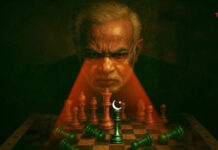FEBRUARY 5, 2022

An Indian data scientist maximized the computing powers of NVIDIA GPU by creating a model that translates Braille to text and audio, lending a helping hand to people with visual disabilities.
A YouTuber, Bhavesh Bhatt is a master of machine learning, data science, and a programming language called Python. He regularly breaks down key concepts in his clips, making the knowledge accessible to Indians. “I think one of the major pillars in terms of me learning about data science and machine learning has always been the community first approach,” Bhatt told Indiatimes.
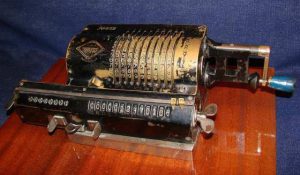
Inspiration of the project / Bhavesh Bhatt
Braille to audio with 95% accuracy
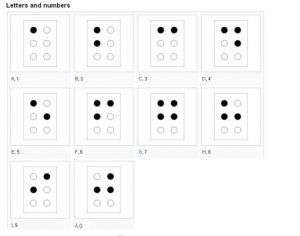
Braille letters and numbers / Bhavesh Bhatt
He claims that the model is 95% accurate based on the embossings he developed from a data set he “created on his own.” In the absence of available data, Bhatt used data augmentation to create sets from “existing data sets.” After generating a good amount of data, Bhatt fed it to NVIDIA on Google Cloud. “I thought can I create or can I replicate whatever I’ve done using hardware through machine learning and data science.”
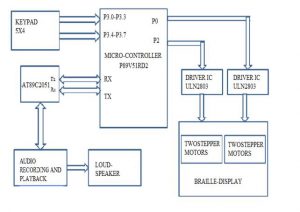
Block diagram of Braille system / Bhavesh Bhatt

PCB layout of the project / Bhavesh Bhatt
Why isn’t the model available commercially?
According to Bhatt, “the model is ready” but lacks an interface to help it interact with tools like Google Assistant. As of now, only Bhatt has access to the Braille-to-audio tool, but he plans “open source it” once the Android application is ready. To validate the results, the classic hardware uses an LCD screen complemented by an audio output unit. To ensure the machine was catering to those who needed it, Bhatt verified the results of his tool with people who cannot see.
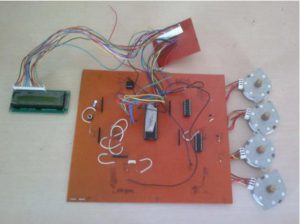
Complete hardware / Bhavesh Bhatt
Part of a four-member team that worked on the project, Bhatt wanted to create something with “social impact.” If the model is truly 95% accurate, then we believe the goal was truly met.
Bhatt also created a scraper of his own to track price drops of things he’s interested in on shopping websites. When Bhatt is not working on machine learning, he’s making videos. Creating content isn’t an easy job. Bhavesh Bhatt also overcome a few roadblocks to achieve the current level of proficiency that is on display on his YouTube channel. “Initially I used to spend around 6-7 hours on one video which I’ve kind of brought down to around 1.5 to 2 hours now,” Bhatt said.
What do you think about Bhavesh Bhatt’s novel approach to help out people with visual disabilities? Let us know in the comments below. For more in the world of technology and science, keep reading
Courtesy/Source: Indiatimes



















